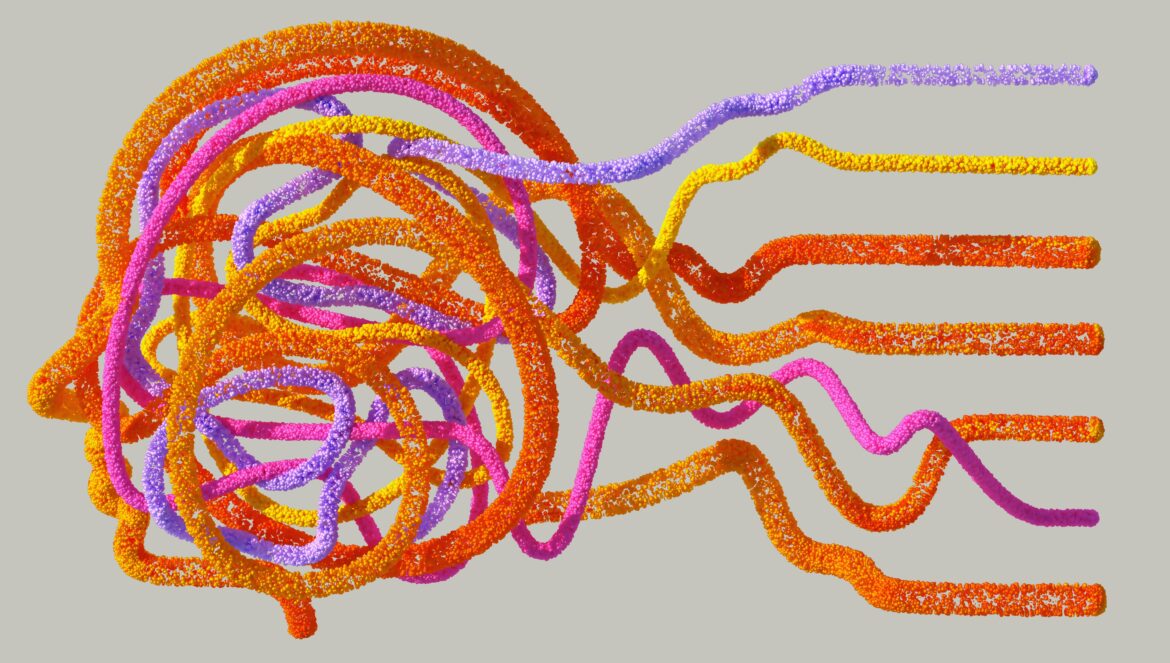Table of Contents
Educational neuroscience, is rapidly gaining traction as a powerful tool to illuminate the intricate processes of learning and memory. By seamlessly merging insights from neuroscience, psychology, and education, researchers are delving deep into the neural mechanisms that underpin cognitive development, enabling us to gain a more comprehensive understanding of how our brains acquire, process, and retain information. This groundbreaking field offers the potential to revolutionize traditional educational practices by providing evidence-based strategies to optimize learning experiences and enhance student outcomes. As neuroscientists and educators collaborate to unlock the secrets of the human brain, we are poised to usher in a new era of personalized and effective learning.
Educational neuroscience seeks to bridge the gap between brain research and classroom practice. By examining how the brain processes information, scientists can identify effective teaching strategies that optimize learning outcomes.
Key Concepts in Educational Neuroscience
- Neuroplasticity: The brain’s ability to change and adapt in response to experiences. This principle suggests that learning experiences can physically alter the brain’s structure and function. For instance, when we learn a new skill, such as playing a musical instrument or speaking a foreign language, new neural connections are formed.
- Working Memory: A cognitive system that temporarily stores and manipulates information. Effective teaching strategies can enhance working memory capacity, allowing students to process and retain information more efficiently. For example, breaking down complex tasks into smaller, manageable steps can reduce the cognitive load on working memory.
- Attention: The ability to focus on specific stimuli while ignoring distractions. Understanding the neural mechanisms of attention can help educators develop strategies to improve students’ focus and concentration. Techniques like mindfulness meditation and regular breaks can help students regulate their attention.
- Emotion: Emotions play a crucial role in learning and memory. Positive emotions, such as curiosity and excitement, can enhance learning, while negative emotions, such as anxiety and stress, can hinder it. Creating a positive and supportive learning environment can help students feel motivated and engaged.
Implications for Education
Educational neuroscience offers valuable insights for educators and policymakers:
- Personalized Learning: By understanding individual differences in brain function, educators can tailor instruction to meet the specific needs of each student. For example, some students may benefit from visual learning strategies, while others may prefer auditory or kinesthetic approaches.
- Effective Teaching Strategies: Neuroscience-based teaching methods can enhance learning outcomes by optimizing attention, memory, and motivation. Techniques such as spaced repetition, active recall, and interleaving can help students learn more effectively.
- Early Childhood Education: Early childhood experiences shape the developing brain, making early intervention and high-quality education critical for lifelong learning. Investing in early childhood education can have a significant impact on children’s cognitive and social-emotional development.
- Assessment and Evaluation: Neuroscience-informed assessments can provide more accurate and comprehensive measures of student learning. For instance, brain imaging techniques can be used to measure brain activity during learning tasks, providing insights into cognitive processes and identifying areas for improvement.
The Future of Educational Neuroscience
As research in educational neuroscience continues to advance, we can expect to see even more innovative and effective teaching practices. By applying these insights to the classroom, we can unlock the full potential of every learner. Some future directions in educational neuroscience include:
- Neurofeedback: Training individuals to regulate their brain activity to improve cognitive performance.
- Brain-Computer Interfaces: Devices that allow direct communication between the brain and computers, potentially revolutionizing education and rehabilitation.
- Personalized Learning Platforms: Technology-driven tools that can adapt to individual learners’ needs and preferences based on real-time data on brain activity and learning patterns.
By embracing the findings of educational neuroscience, we can create more engaging, effective, and equitable learning experiences for all students.
Subscribe to edCircuit to stay up to date on all of our shows, podcasts, news, and thought leadership articles.



